10 Tips To Practice Modern Calligraphy

Source: Jyangmong, Instagram, https://www.instagram.com/p/CYDE5EpPoVf/
Modern calligraphy is an art form that blends creativity with structured elegance, allowing enthusiasts to express their personal style through hand-lettered designs. Whether you’re a beginner looking to pick up a new hobby or an artist aiming to refine your skills, mastering modern calligraphy can be both rewarding and meditative. This guide will walk you through essential tips to enhance your calligraphy practice, ensuring you understand the tools, techniques, and nuances of this beautiful craft.
By dedicating time to learn and practice modern calligraphy, you can create stunning, personalized works of art that are uniquely yours. These tips are designed to help you navigate the complexities of calligraphy with ease and confidence, making your learning journey enjoyable and successful. Dive into the world of modern calligraphy with these actionable steps and transform your written expressions into captivating artistic statements.
Choose the Right Tools
In the world of modern calligraphy, having the right tools can significantly affect the quality and enjoyment of your practice. The pen, ink, and paper you choose will be your primary instruments in this artistic journey. Starting with the pen, beginners might prefer a dip pen equipped with a flexible nib which allows for varying stroke widths crucial for achieving those characteristic thin and thick lines. Alternatively, brush pens offer a great starting point due to their ease of use and portability.
When it comes to ink, select high-quality pigmented options designed for calligraphy to ensure smooth, consistent lines without bleeding or feathering. Lastly, the choice of paper is vital; a smooth, heavy-stock paper minimizes ink bleeding and can handle repeated strokes and corrections. Experimenting with different combinations of these tools will help you find what best suits your style, enhancing your modern calligraphy skills more effectively.
Understand Basic Strokes
Mastering basic strokes is the foundation of modern calligraphy. These strokes are the building blocks for crafting letters and words, making them a crucial element of your practice. Understanding and practicing these forms consistently will improve your technique and overall flow.
Modern calligraphy primarily involves two types of strokes: upstrokes and downstrokes. Upstrokes are created with light pressure, resulting in thin, delicate lines. Conversely, downstrokes require firm pressure to produce bold, thick lines. Practicing the transition between these two strokes is essential for creating the characteristic contrast of modern calligraphy.
Start by holding your pen at a consistent angle, typically around 45 degrees, to achieve smooth and uniform strokes. Focus on making slow, deliberate movements, ensuring that your upstrokes and downstrokes are clean and distinct. Practice basic shapes like loops, ovals, and straight lines, as these forms are present in most letter structures.
Patience is key when learning basic strokes. It may feel repetitive, but consistent practice will lead to noticeable improvement in your control and precision. Mastering these fundamental movements sets the stage for creating beautifully flowing letters and designs, paving the way for your success in modern calligraphy.
Use Guidelines For Consistency
Consistency is a cornerstone of modern calligraphy, and using guidelines is an effective way to achieve it. Whether you are a beginner or an experienced calligrapher, guidelines help maintain uniformity in letter size, spacing, and alignment, resulting in polished and professional-looking work.
Start by using ruled or grid paper specifically designed for calligraphy practice. These pre-drawn guidelines provide a clear framework for maintaining consistent x-heights (the main body of letters), ascenders, and descenders. If you prefer a digital approach, printable worksheets with guidelines can be a convenient option.
Guidelines help you control letter proportions. For example, the baseline ensures all letters rest evenly, while the cap line marks the top of uppercase letters and ascenders. The x-height line helps you maintain a uniform height for lowercase letters. These visual references prevent irregularities and enhance the overall flow of your composition.
Using guidelines also allows you to experiment with spacing. Modern calligraphy often incorporates creative spacing and composition, but even this requires a foundation of consistent alignment. Practicing with guidelines trains your eye to gauge distances and align elements harmoniously.

Source: Kallialitheia, Instagram, https://www.instagram.com/p/DDyG2PGRUR6/
Learn Letter Anatomy
Understanding letter anatomy is essential for mastering modern calligraphy. By learning the structural components of letters, you can create consistent and visually appealing designs while exploring your own unique style.
In calligraphy, each letter is composed of specific parts, including the baseline, x-height, ascender, and descender. The baseline is where all letters rest, ensuring uniform alignment. The x-height refers to the height of lowercase letters, like “a” or “o,” and forms the body of most letterforms. Ascenders are the upward extensions seen in letters like “b” or “l,” while descenders are the downward strokes in letters such as “g” or “y.”
Another critical aspect of letter anatomy is understanding stroke direction. Modern calligraphy involves two primary strokes: thin upstrokes and thick downstrokes. These strokes must connect seamlessly to maintain flow and elegance in your letterforms.
Additionally, mastering spacing is crucial. The negative space between strokes and letters, often referred to as kerning, significantly impacts the overall balance of your composition. Consistent spacing ensures your letters don’t appear cramped or uneven.
Focus On Pressure Control
Pressure control is a fundamental skill in modern calligraphy that creates the signature contrast between thick and thin strokes. Mastering this technique allows your work to appear dynamic and elegant, elevating the overall quality of your calligraphy.
In modern calligraphy, downstrokes are achieved by applying firm pressure to your pen or brush, resulting in thicker lines. Conversely, upstrokes require light pressure to create thin, delicate lines. The key is maintaining consistent pressure throughout each stroke to achieve a seamless flow between the two.
Start by practicing simple exercises that focus solely on pressure control. Draw a series of parallel lines, alternating between heavy downstrokes and light upstrokes. This helps you develop muscle memory and precision. It’s important to move slowly and deliberately, as rushing can lead to uneven strokes and loss of control.
Using the right tools is equally crucial. Flexible brush pens or pointed nib pens are ideal for achieving the necessary pressure variations. Ensure you are holding your pen at the proper angle, typically 45 degrees, to maximize control over the thickness of your strokes.
Patience is key when learning pressure control. Initially, it may feel challenging to achieve consistent results, but with practice, your strokes will become more fluid and natural. Once you’ve mastered this technique, your modern calligraphy will have the striking contrast and sophistication that define this beautiful art form.
Learn From Resources
Modern calligraphy is an art form that thrives on learning and exploration, and there is no shortage of resources to help you improve your skills. From books and online tutorials to workshops and community groups, leveraging these tools can significantly enhance your understanding and mastery of modern calligraphy.
Start by exploring books dedicated to calligraphy. Many offer step-by-step guides, worksheets, and visual examples to help you understand fundamental techniques and advanced styles. Titles by well-known calligraphy artists can serve as excellent references.
Online tutorials and courses are another valuable resource. Platforms like YouTube, Skillshare, or dedicated calligraphy websites provide lessons tailored to beginners and advanced learners. Watching skilled calligraphers in action can help you grasp nuanced techniques, such as stroke direction and pressure control.
Workshops, whether in-person or virtual, offer hands-on learning experiences. These sessions often include direct feedback from instructors, which can accelerate your progress. Joining calligraphy communities, either locally or online, allows you to connect with fellow enthusiasts. Sharing tips, challenges, and successes with others can be incredibly motivating and inspiring.
Practice Spacing And Composition
Spacing and composition are critical elements of modern calligraphy that ensure your work is visually appealing and balanced. Understanding how to arrange letters, words, and decorative elements harmoniously is essential for creating polished pieces.
Start by focusing on letter spacing. Pay attention to the negative space between letters, often referred to as kerning. Consistent spacing prevents your work from appearing cramped or uneven. Practicing with grid or lined paper can help you maintain uniform distances and alignment.
Word spacing is equally important. Ensure the gaps between words are proportional and don’t disrupt the overall flow of your piece. Guidelines or calligraphy worksheets with pre-marked spacing can help you develop an eye for even placement.
Composition refers to the overall layout of your design. Whether you’re creating a single word or an elaborate phrase, consider the balance and proportion of your elements. For instance, centered compositions often work well for invitations or quotes, while asymmetrical layouts can add a modern and dynamic feel.

Source: Leuke.letters, Instagram, https://www.instagram.com/p/CYB8J6IsqJ-/
Use A Lightbox For Tracing
A lightbox is a powerful tool for modern calligraphy, especially for beginners looking to refine their skills or professionals working on complex designs. It simplifies the tracing process, allowing you to focus on perfecting your strokes, spacing, and composition without the added challenge of freehand drawing.
The primary function of a lightbox is to illuminate a template or guide sheet placed beneath your working paper. This makes the underlying design visible, enabling you to trace over it accurately. For those practicing modern calligraphy, a lightbox can be used to follow pre-designed letterforms, spacing guides, or layout templates. This repetition builds muscle memory, which is essential for creating consistent and clean strokes.
Using a lightbox is also invaluable for designing intricate compositions. You can layer multiple elements, such as flourishes or decorative motifs, to experiment with arrangements before committing to a final design. This flexibility is especially useful for projects like wedding invitations, greeting cards, or wall art.
Choose a lightbox with adjustable brightness to suit different paper weights and personal preferences. Lightweight and portable models are perfect for calligraphers who need a flexible setup.While tracing with a lightbox is a helpful practice method, it’s essential to balance it with freehand exercises to develop your creative confidence.
Practice Regularly
Consistency is key in mastering modern calligraphy. To develop a steady hand and a fluid stroke, regular practice is essential. Dedicate specific times in your schedule to hone your skills. This could be daily sessions or a few substantial practices each week, depending on your routine and commitment level. Use exercises like repetitive stroke practice, alphabet drills, and word formation to improve your technique and muscle memory.
As you progress, challenge yourself with complex compositions and various styles to keep the learning process engaging and diverse. The goal of consistent practice isn’t just about perfecting strokes but also developing your unique calligraphic voice. Over time, regular practice will lead to significant improvements, making modern calligraphy a more enjoyable and fulfilling experience.
Embrace Imperfections
Modern calligraphy thrives on creativity, and part of its charm lies in its imperfections. Unlike traditional calligraphy, which often adheres to rigid rules, modern calligraphy embraces individuality and artistic expression. Accepting and celebrating imperfections in your work can be a liberating experience that fosters growth and confidence.
No two calligraphers create the same strokes, and that’s what makes this art form unique. Slight variations in letterforms, uneven spacing, or unexpected quirks can add character to your designs. These imperfections often convey a sense of authenticity and charm, making your work feel more personal and relatable.
As you practice, focus on progress rather than perfection. Mistakes are a natural part of learning and often lead to valuable insights about technique and style. Instead of starting over, try to incorporate errors into your design. For instance, a misplaced stroke can inspire a creative flourish or decorative element.
Modern calligraphy also allows for experimentation. Don’t be afraid to try new styles, tools, or compositions, even if the results aren’t perfect. Each attempt is an opportunity to learn and refine your craft.
Conclusion
Embracing the art of modern calligraphy offers a rewarding pathway to enhance your artistic expression. By choosing the right tools, understanding fundamental techniques, and committing to regular practice, you can transform simple written words into striking, personalized art. Whether for personal projects or professional endeavors, the skills you develop through modern calligraphy can open new avenues for creativity and self-expression. Continue to explore, practice, and refine your style, and you'll find that the world of modern calligraphy is as limitless as your own creativity.
Let Us Know What You Think!
Every information you read here are written and curated by Kreafolk's team, carefully pieced together with our creative community in mind. Did you enjoy our contents? Leave a comment below and share your thoughts. Cheers to more creative articles and inspirations!


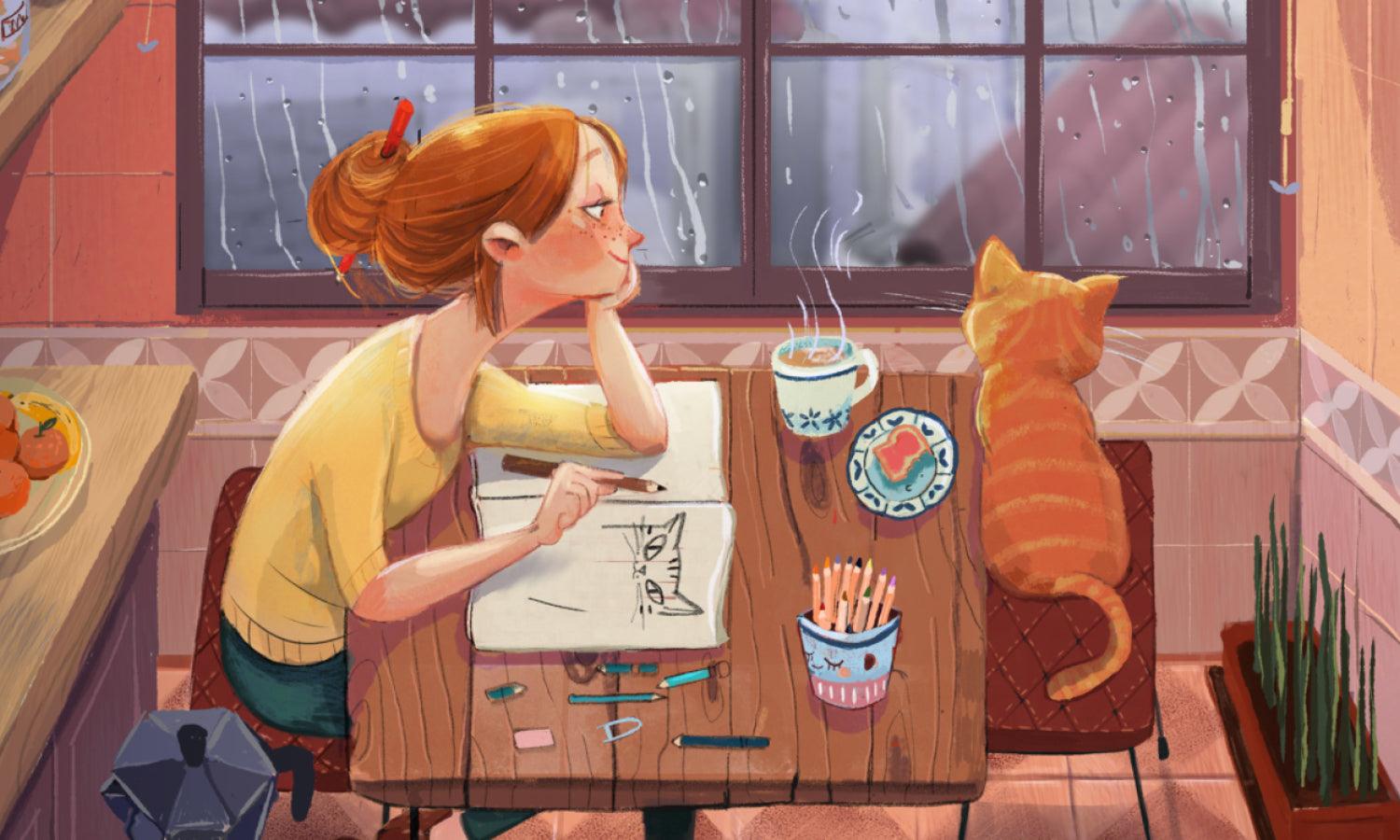
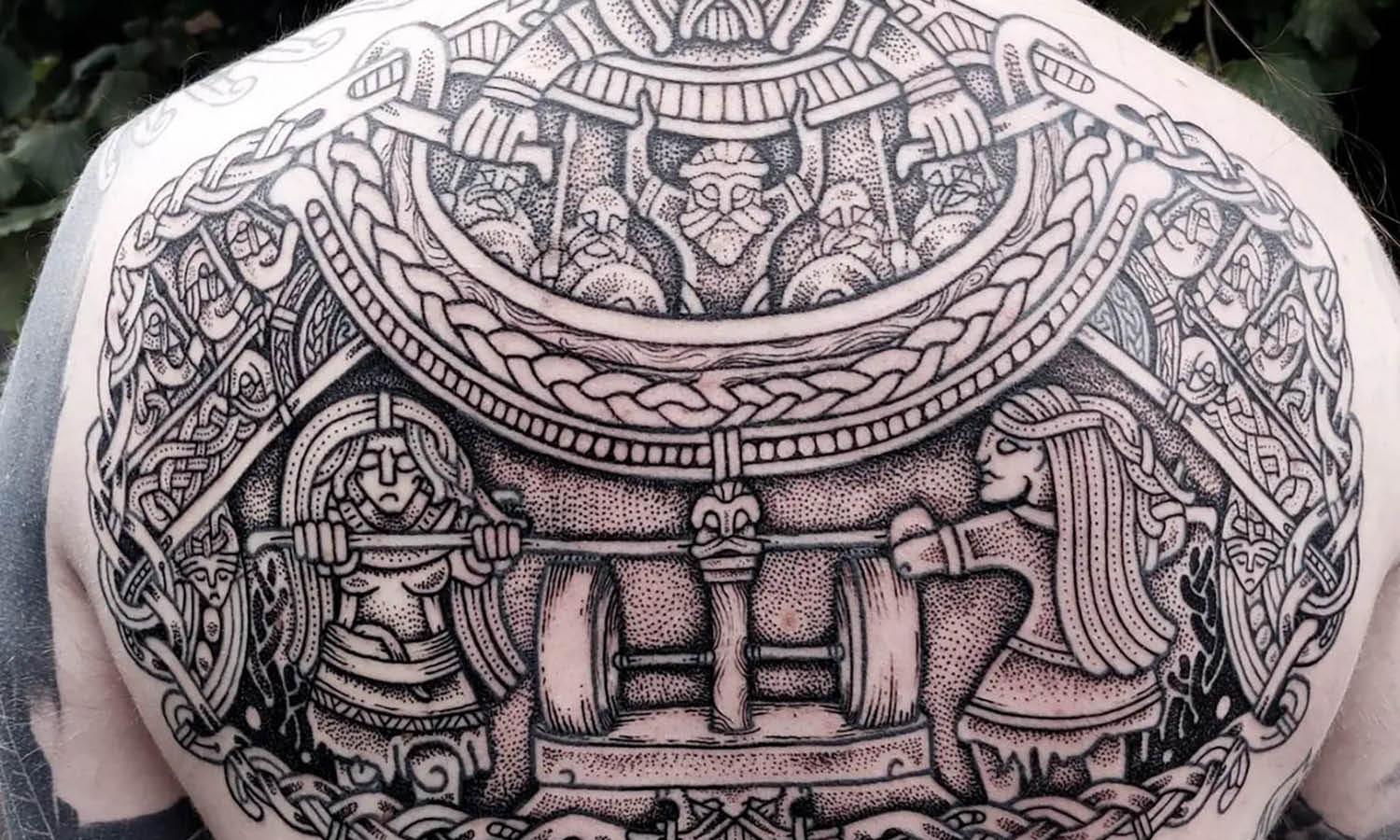

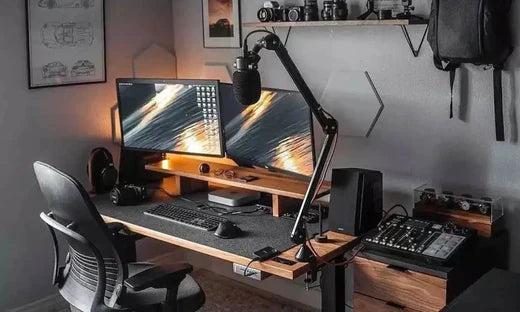

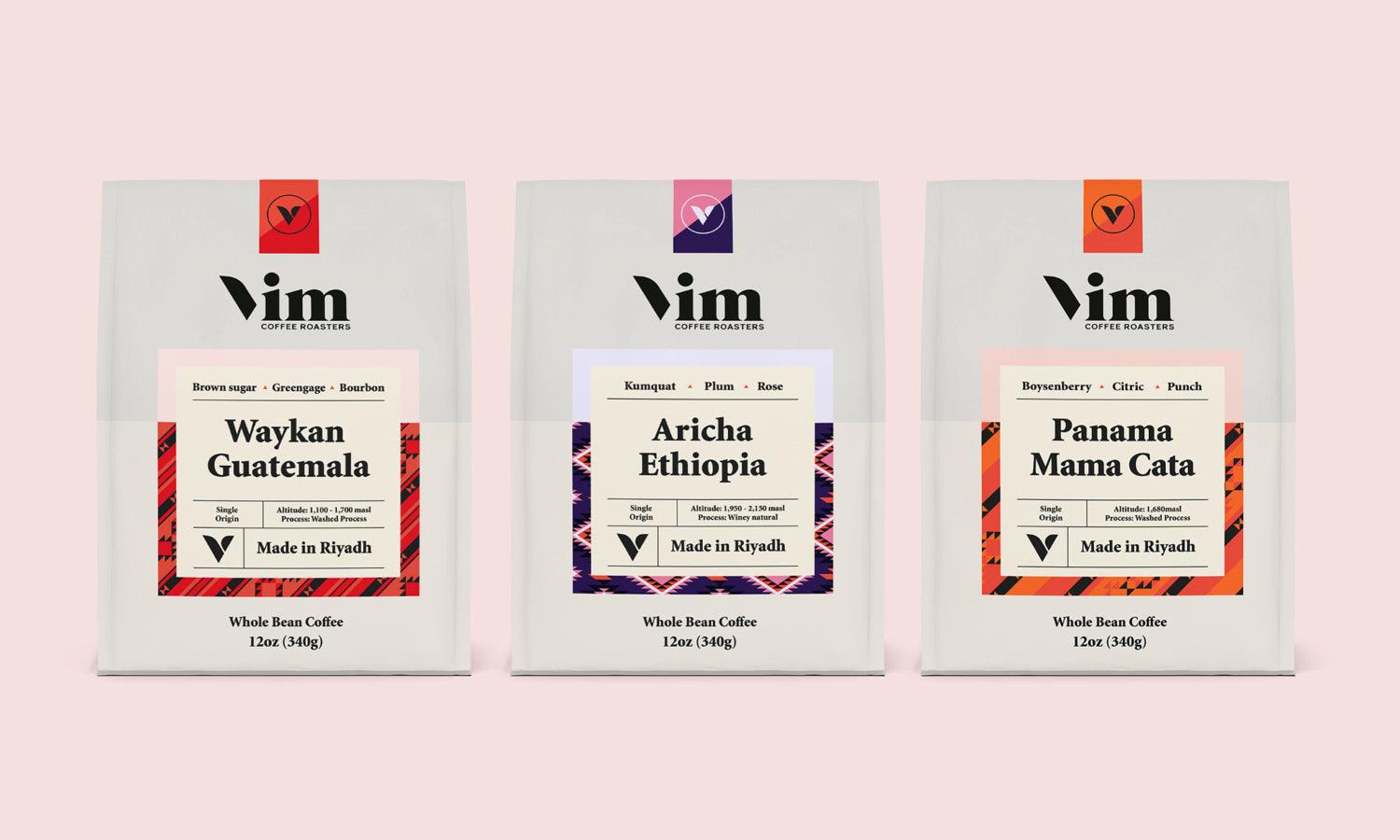
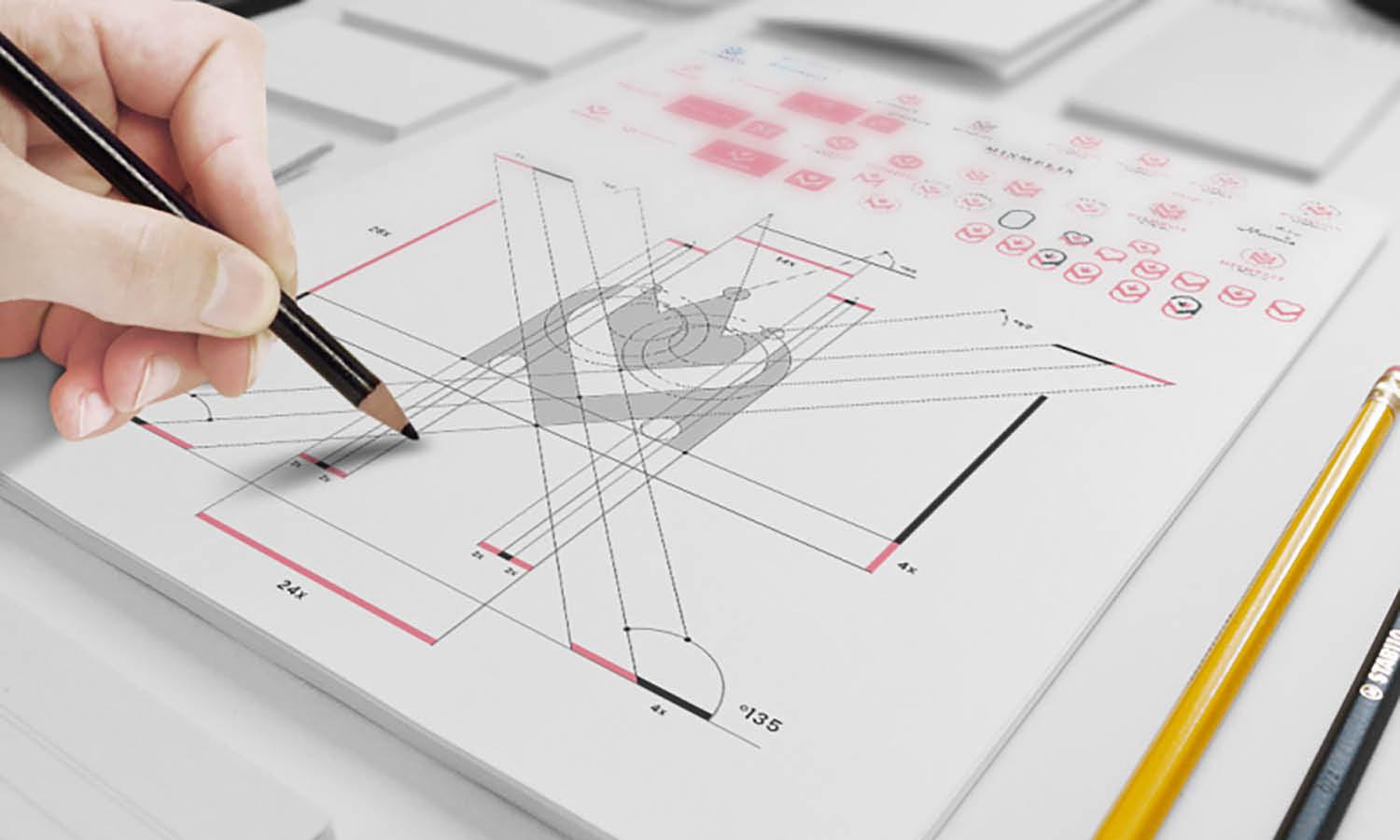







Leave a Comment